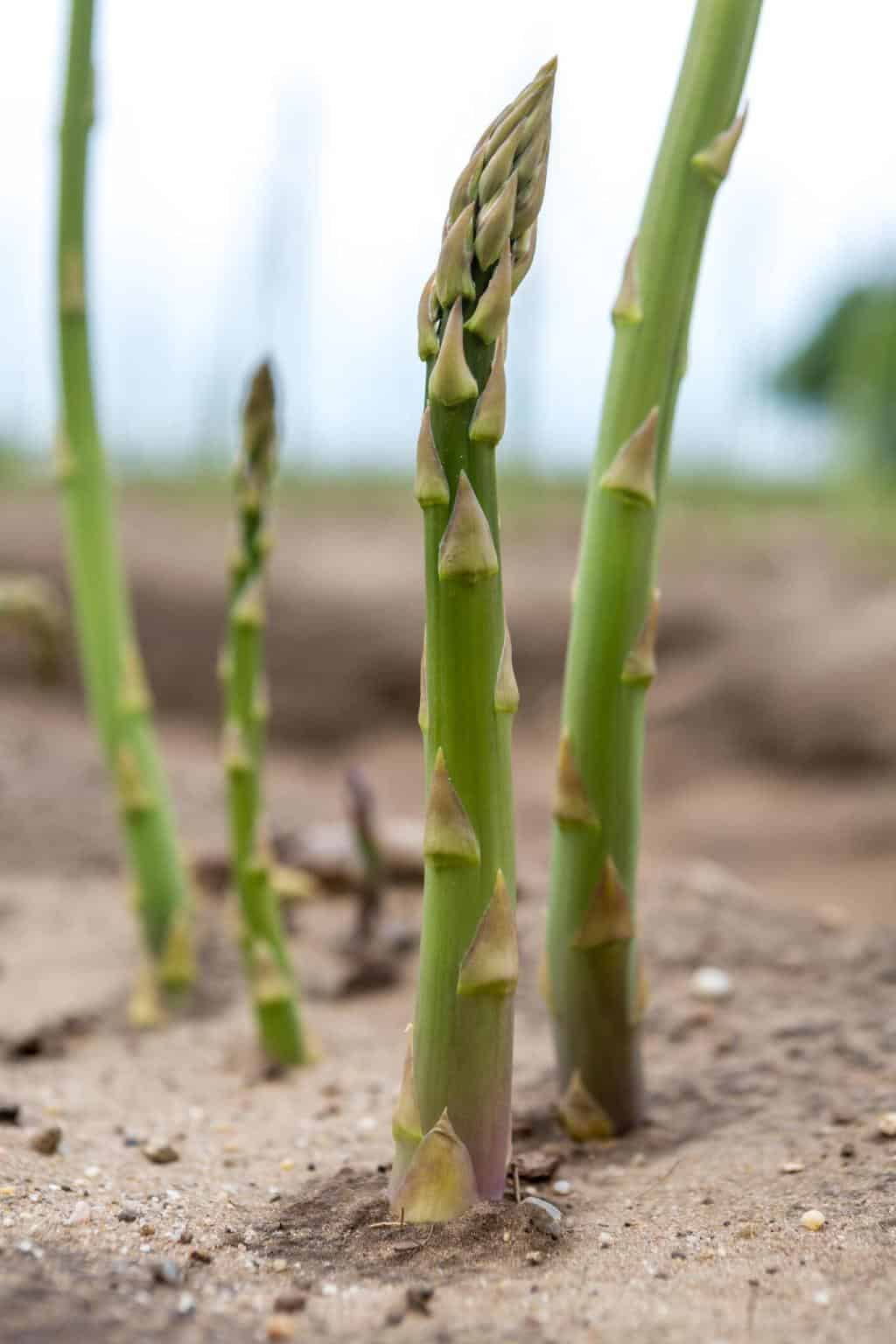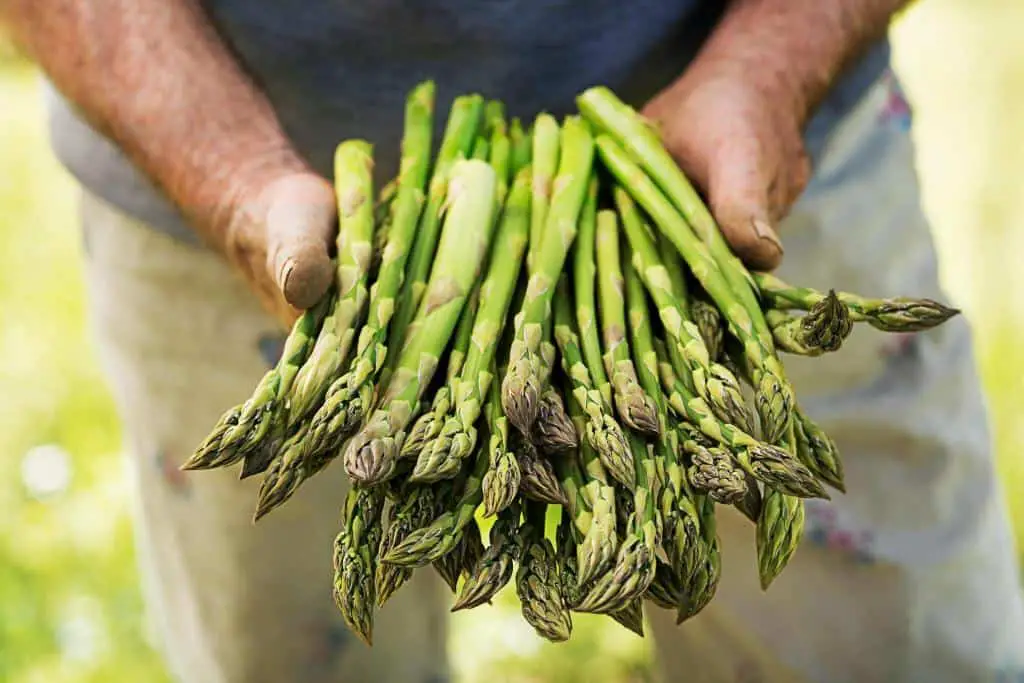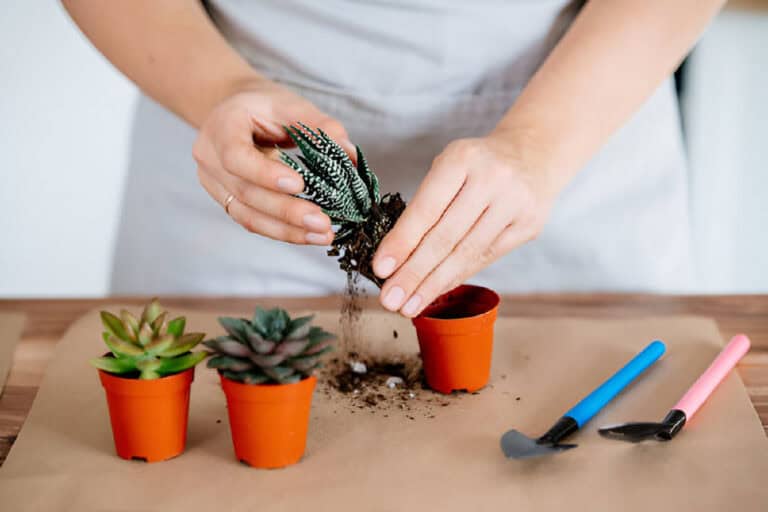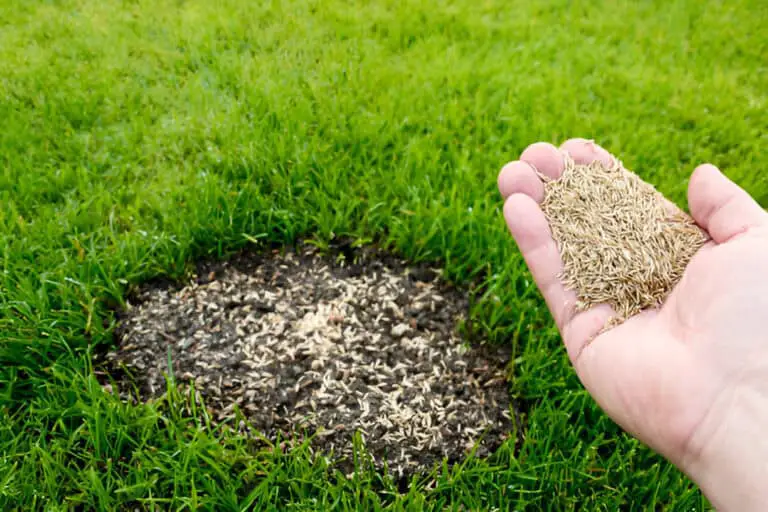7 Reasons Why Your Asparagus is Tall and Thin

Sometimes, when you look at your asparagus patch with wonder, you might notice that it’s stalks are reaching for the sky. Many homegardeners who love asparagus may be concerned when they see asparagus that is tall and thin.
Don’t worry, though, green-thumb fan! This article is informative. It covers the less-known reasons why your once-full asparagus has spread out in the garden like a thin ballerina.
Get ready for a trip through the roots of your garden bed as we talk about the seven interesting things that cause this to happen. We show you how these things work together to make those tall stalks you see. The challenges include nutrient deficiencies, planting at the wrong depth, and the secret lives of pesky pests that eat your favorite crop.
Let us teach you new planting skills and give you new information so that you can help your precious asparagus grow well and produce lots of food. Get your trowel ready, because we’re going to find out why your green spears have chosen to grow to new heights.
Introduction of Growing Asparagus Optimally
When it comes to cultivating asparagus optimally, understanding why some stalks may appear tall and thin is crucial. Asparagus plants require ample sunlight to thrive and develop robust, sturdy stalks. When they don’t receive enough sunlight, they may stretch upwards in search of light, resulting in tall, slender spears.
Moreover, growing healthy asparagus is essential for maximizing yield and flavor. Healthy asparagus plants resist pests and diseases. They ensure a bountiful harvest, season after season.
Also, strong asparagus plants produce thicker, tastier spears. They are prized for their texture. You can grow healthy asparagus plants that yield many delicious harvests for years. Just give them good conditions, like lots of sunlight, well-draining soil, and proper plant spacing.
Why Your Asparagus is Tall and Thin

Asparagus growth can be attributed to inadequate sunlight, overcrowding, poor soil conditions, and inadequate drainage. Insufficient sunlight causes plants to stretch, resulting in taller, thinner spears. Overcrowding in the garden bed also contributes to weaker growth. Poor soil conditions, such as compacted or nutrient-deficient soil, can hinder proper growth.
Addressing these factors can promote healthier, more robust asparagus growth with thicker, more substantial spears. Let’s go over the details of the issue one by one and how to solve it below.
| Related: How to Grow Asparagus in Containers! |
1. Nutrient Deficiency
When your asparagus plants are growing tall and thin, the culprit might be a lack of essential nutrients in the soil. Nitrogen, phosphorus, and potassium play vital roles in the healthy growth of asparagus.
Nitrogen is responsible for green leafy growth; phosphorus aids in root development and asparagus flower and fruit production, and potassium helps in overall plant health and disease resistance.
Imagine your asparagus plants as athletes needing a balanced diet to perform at their best. Without enough nitrogen, they may look pale and weak, like runners without energy.
Phosphorus deficiency can stunt their root systems, making them struggle to anchor themselves in the earth. If they lack potassium, they might not have the strength to fight off diseases that could hinder their growth.
To ensure your asparagus gets the nutrients it needs, consider performing a soil test to determine any deficiencies. Once you find the lacking nutrients, you can fix the soil with organic fertilizers or compost. They should be rich in nitrogen, phosphorus, and potassium.
What Is Best Fertilizer for Asparagus?
Choosing the best fertilizer for asparagus is crucial. It helps the plant grow well and produce a lot. Ideally, opt for a balanced formula that provides equal amounts of nitrogen, phosphorus, and potassium, commonly represented by numbers on the fertilizer label, such as 10-10-10 or 15-15-15. This blend is balanced. It ensures the plant gets essential nutrients in proper proportions. These nutrients support strong root growth, lush foliage, and abundant spear production.
It’s essential to time fertilizer applications appropriately for optimal results. Starting in the fourth year after planting, it’s recommended to apply fertilizer after the final harvest in late spring or early summer.
The timing allows asparagus plants to absorb nutrients during their active growing season. This promotes healthy growth and replenishes soil for the next year.
2. Improper Planting Depth
Are your asparagus spears resembling wobbly towers rather than sturdy soldiers in formation? It might be time to dig deeper into the issue—literally. One common reason for tall and thin asparagus plants is improper planting depth. Planting crowns too deep or shallow can disrupt growth. It causes spindly stalks to reach for the sky instead of thriving at a good height.
When it comes to planting asparagus, it’s all about finding that sweet spot—not too deep, not too shallow. Imagine you’re giving your asparagus crowns a cozy little home underground—they should be nestled just right. As a general rule of thumb, aim for a planting depth of around 6-8 inches. This depth allows the crowns to establish themselves securely. They do so without going into skyscraper mode.
To put things in perspective, imagine living in a house with very high ceilings. You’d feel a bit lost and exposed, right?
Remember: when planting, moderation is key. It’s about striking a balance underground for your plants to flourish above.
3. Pest Infestation and Its Impact on Asparagus Growth
When it comes to growing asparagus, those pesky bugs can be a pain for even the most experienced gardeners. Insect pests such as aphids or hungry beetle larvae are known culprits behind the tall and thin asparagus conundrum. They often eat the tender spears of asparagus plants. This weakens the stalks, so they struggle to grow thick and strong.
Getting good at controlling pests is important if you want to keep these unwanted guests away from your valuable asparagus crop. If you like natural remedies, putting in ladybugs, lacewings, or other beneficial insects can help control the number of aphids. Keeping your garden clean by getting rid of weeds and other things that pests might hide in can also help a lot in keeping pests away.
If natural remedies aren’t enough, pesticides for asparagus pests can help. They are potent. Always follow instructions carefully when using chemicals. Prioritize products safe for edible crops, like asparagus.
4. Overcrowding
Picture this: a crowded party. Everyone is vying for the last slice of pizza. That’s what happens when your asparagus plants are too closely packed. Overcrowded asparagus beds mean each plant has to elbow its way through the soil to get nutrients, resulting in those tall but beanpole-like spears. It can also can reduce the yield of asparagus you get from one plant.
Just like us needing our personal space, asparagus plants crave room to spread their roots and grow those thick, succulent stalks we love.
To avoid this vegetable version of a traffic jam, it’s crucial to give your asparagus some breathing space. When planting, follow the recommended spacing guidelines for your variety. It’s typically 12-18 inches apart. Imagine each little crown having its own mini dance floor in the garden; with ample room to stretch out, they’ll have the freedom to produce robust and hearty spears that you can proudly harvest.
If your garden looks more like a packed subway train during rush hour than a leisurely spring meadow, it might be time for some plant rearranging. By thinning out overcrowded areas and providing adequate spacing between your beloved asparagus babies, you’re setting the stage for a bountiful harvest of plump and tender spears.
5. Inadequate Sunlight
Ever noticed your asparagus spears looking like they’re stretching for the sun, all tall and thin? That’s a sign that these veggies aren’t getting enough sunlight. Just like us, asparagus plants need their daily dose of sunshine to thrive. When deprived of adequate light, they strive to reach out and grow taller, resulting in those weak, elongated spears that lack the robustness we crave.
To remedy this issue and ensure your asparagus patch is bathing in the right amount of sunlight, consider some simple solutions. First off, take note of your garden layout—make sure there are no tall structures or trees casting shadows over your precious asparagus bed. Trim any overhanging branches that might be obstructing the sunlight.
Additionally, if space allows, strategically plan your garden so that your asparagus plants receive direct sunlight for at least six hours a day. Remember, a little sunbathing goes a long way in ensuring your veggies grow up strong and healthy.
So next time you see those frail, leggy asparagus stalks in your garden reaching skyward, think about giving them the gift of more sunshine. With a few adjustments for sunlight, you’ll see those spears transform from spindly to sturdy. This is a clear sign that the best asparagus is growing in ideal conditions.
6. High Temperatures and Asparagus Growth
The sun beats down relentlessly on your asparagus bed. It’s not just you feeling the heat. Your asparagus plants feel it too. High temperatures can put stress on these delicate plants, leading them to grow taller but thinner stalks. Just like a marathon runner pushing through a scorching race, asparagus too can respond to extreme heat with elongated yet weaker growth.
To help your asparagus beat the heat, and thrive despite high temperatures, consider providing some cooling relief. One way to shield your plants from excessive heat is by utilizing shading techniques such as installing temporary covers or planting larger crops nearby to provide natural shade. Imagine giving your asparagus a little umbrella during their sunbathing session. – it’s all about creating a comfortable environment for optimal growth.
Also, controlling temperature changes in your garden is key. They are important for keeping asparagus healthy. This could involve watering your plants more frequently during hot spells to prevent them from drying out or wilting under the fiery sun.
7. Inconsistent Watering
Asparagus, like many plants, thrives on consistency when it comes to watering. Irregular watering harms your asparagus bed. It leads to stunted, uneven growth. This shows tall, thin spears. Imagine the confusion your asparagus plants endure. They get a deluge of water one day, then are left parched the next. It’s no surprise they grow poorly.
To fix this issue and make your asparagus healthier, you need a proper watering schedule. The amount of water needed for your asparagus bed depends on your climate and soil. You may need to water it deeply but infrequently. Or, you may need to water it more often if the soil dries out quickly. By keeping moisture levels consistent, you give your plants the stability they need. This will help them grow strong spears that every asparagus fan will envy.
Consider setting up a drip irrigation system or soaker hoses to deliver water directly to the roots without promoting foliage diseases. These methods ensure that water reaches where it’s needed most, encouraging strong root development and vigorous spear growth. Remember, when it comes to cultivating thriving asparagus plants, steady and reliable hydration is non-negotiable—after all, even veggies appreciate a dependable drink!
Conclusion
In conclusion, the height and thinness of your asparagus result from many factors. These include nutrient deficiencies, improper planting depths, pest infestations, overcrowding, too little sunlight, high temperatures, and inconsistent watering. Understand these reasons. Take proactive steps to address them in your garden. This will ensure the growth of healthy asparagus plants.
Remember, healthy asparagus means delicious spears for your table. Next time you see those tall, thin stalks popping up, consider if they’re getting the nutrients, spacing, sun, and care they need. Tackle these issues directly. Then, you can enjoy a big harvest of perfect asparagus spears. They will make your gardening truly rewarding. Happy growing!






